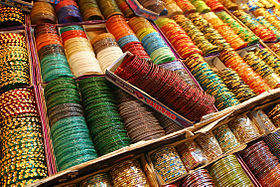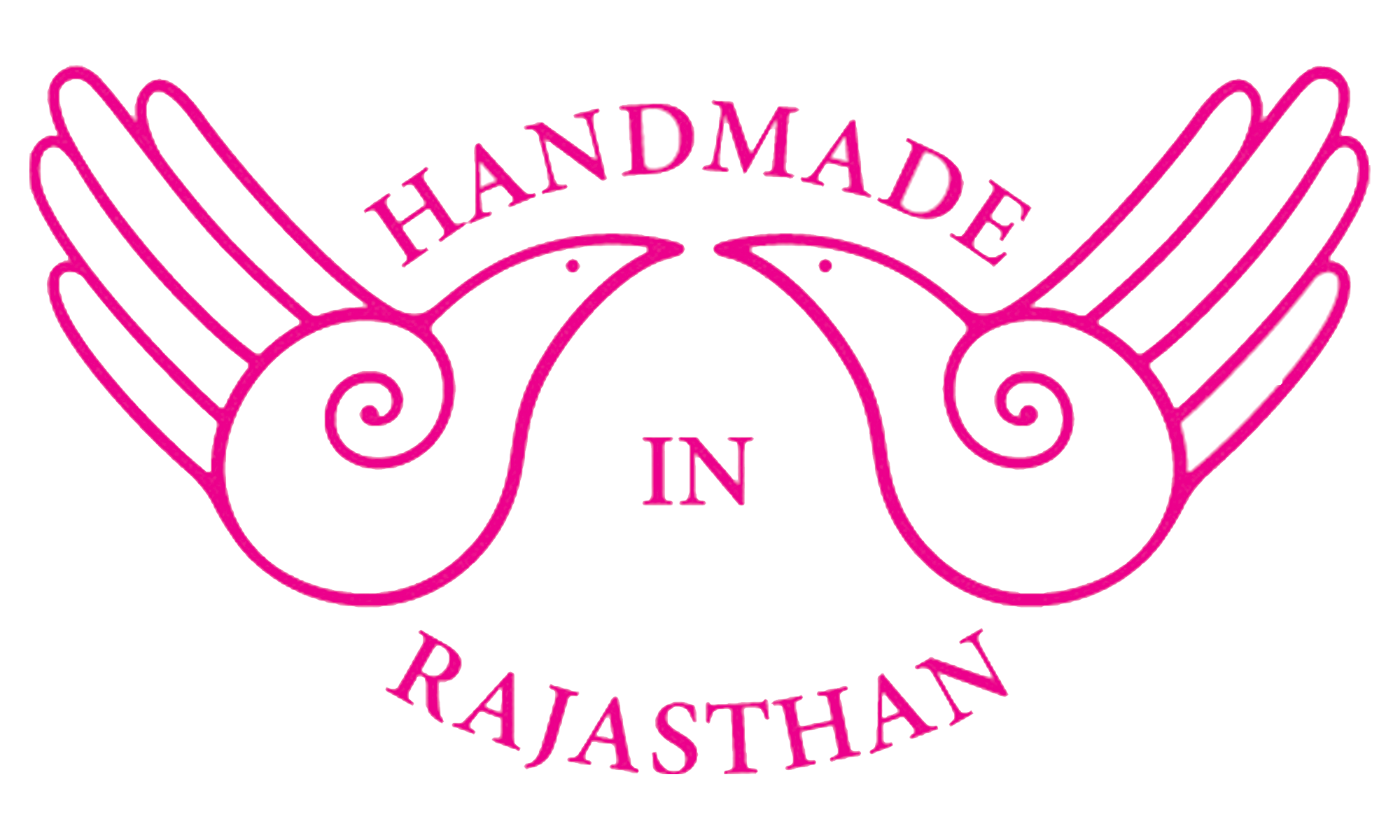- Home
- About US
- Art and Craft
- Artisans
- Master Crafts Persons
- Supporting Institutions
- News and Events
- Schemes
- Contact us
- Contact

Bangles are rigid bracelets, usually from metal, wood, or plastic. They are traditional ornaments worn mostly by South Asian women in India, Nepal, Pakistan and Bangladesh It is a common tradition to see a new bride wearing glass bangles at herwedding and the honeymoon will end when the last bangle breaks. Bangles also have a very traditional value in Hinduism and it is considered inauspicious to be bare armed for a married woman. Toddler to older woman could wear bangles based on the type of bangles. Bangles made of gold or silver are preferred for toddlers.
Bangles are also known as Nepali: चुरा Chura, Bengali: চুড়ি churi, Tamil: வளையல், Hindi: चूड़ी Choodi, Marathi: बांगडी 'Bangadi,Telugu: గాజు, and Urdu: چوڑیاں.
Some men wear a single bangle on the arm or wrist called kada or kara. In Sikhism, the father of a Sikh bride will give the groom a gold ring, a kara (steel or iron bangle), and a mohra. Chooda is a kind of bangle that is worn by Punjabi women on her wedding day. It is aset of white and red bangles with stone work. According to tradition, a woman is not supposed to buy the bangles she will wear.
Bangles—made from sea shell, copper, bronze, gold, agate, chalcedony etc.—have been excavated from multiple archaeological sites throughout India A figurine of a dancing girl—wearing bangles on her left arm— has been excavated from Mohenjo-daro (2600 BC)

